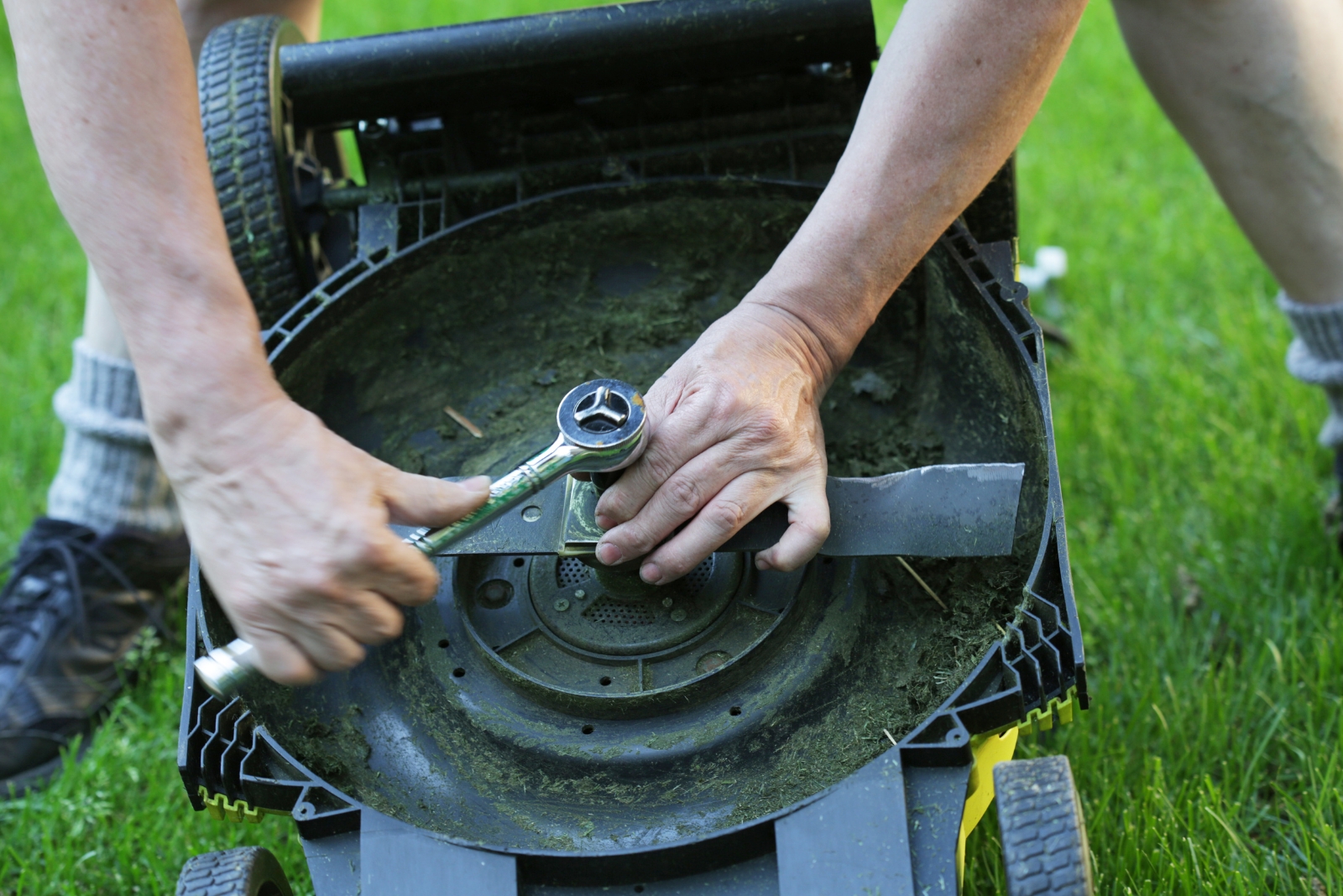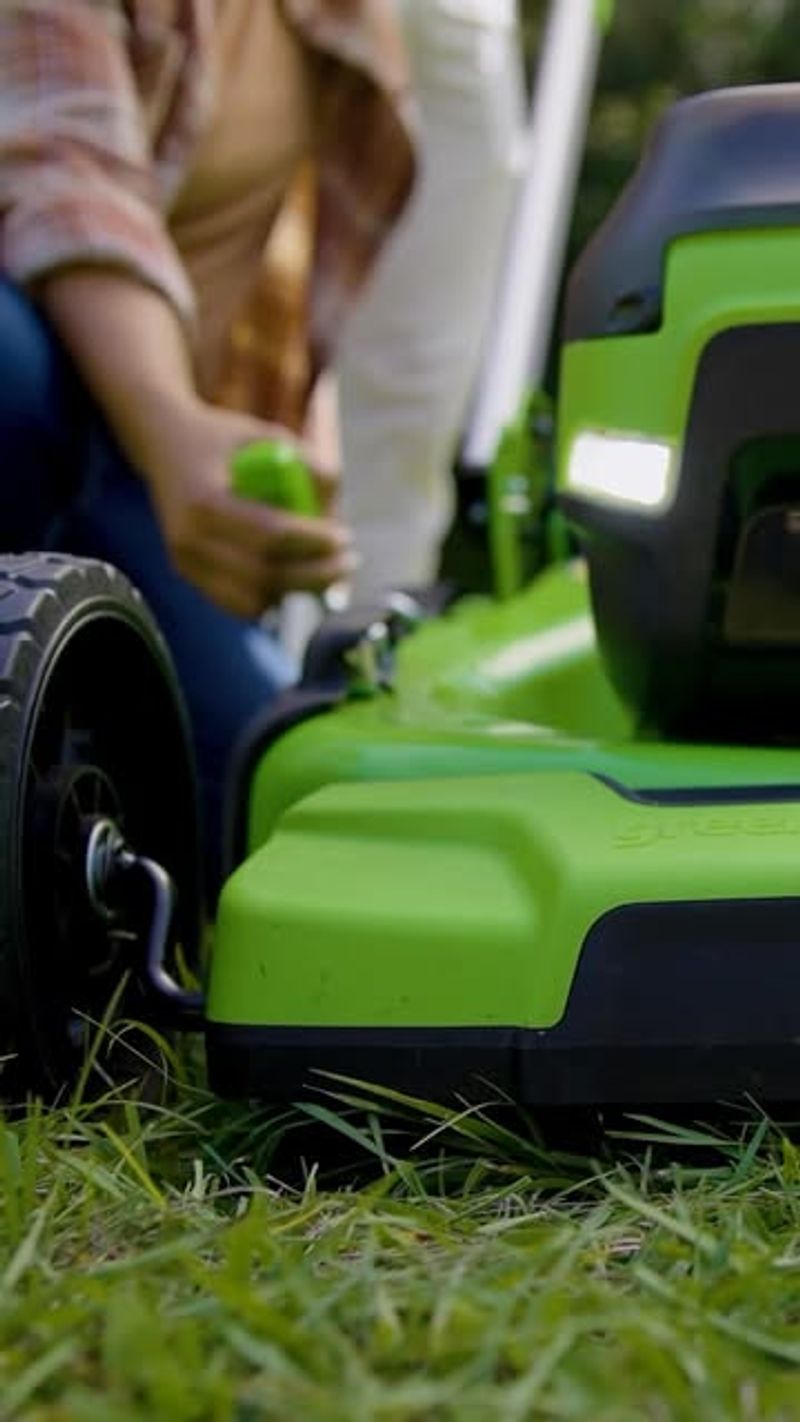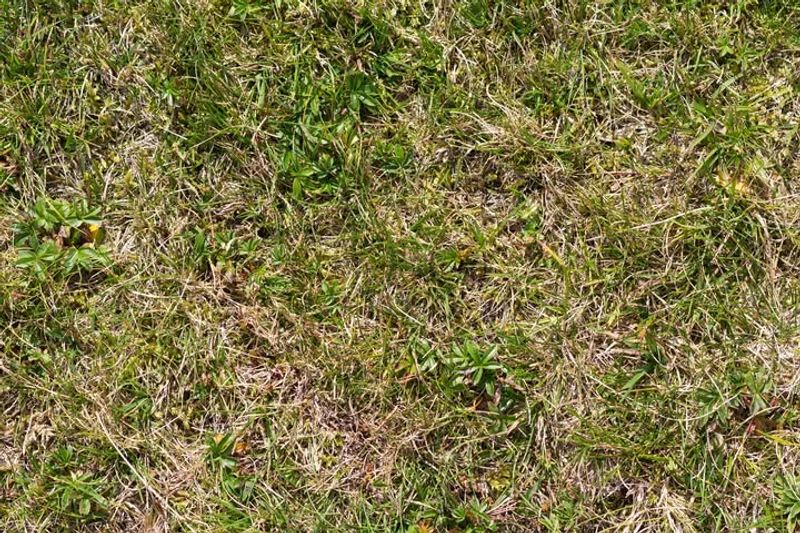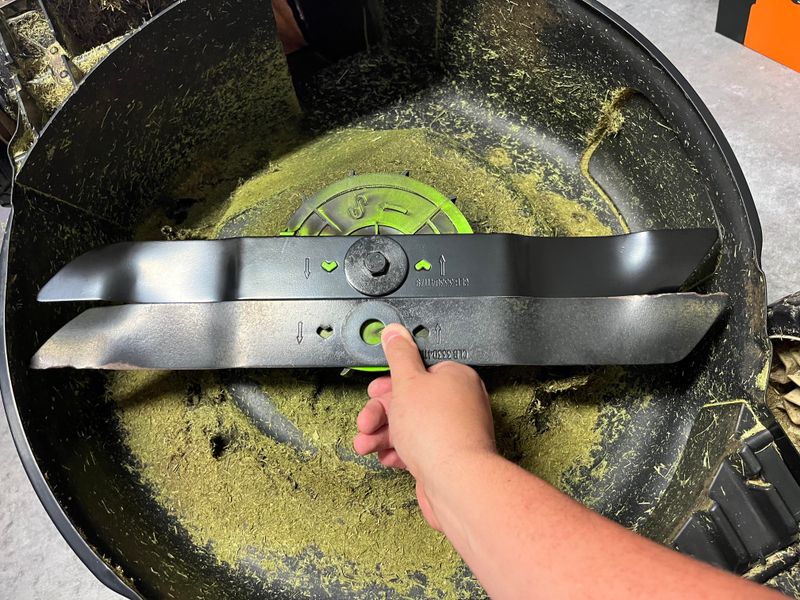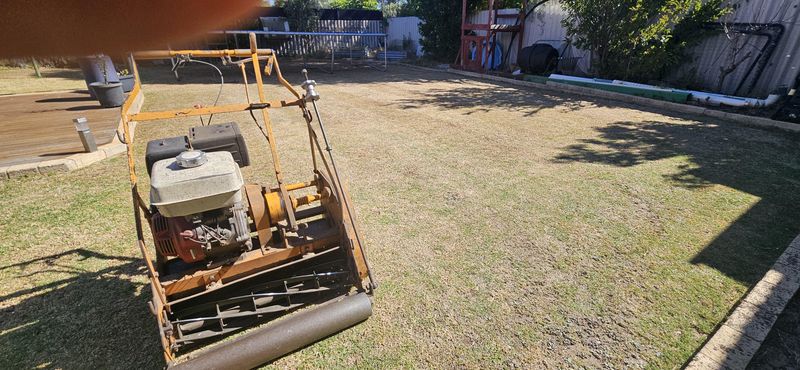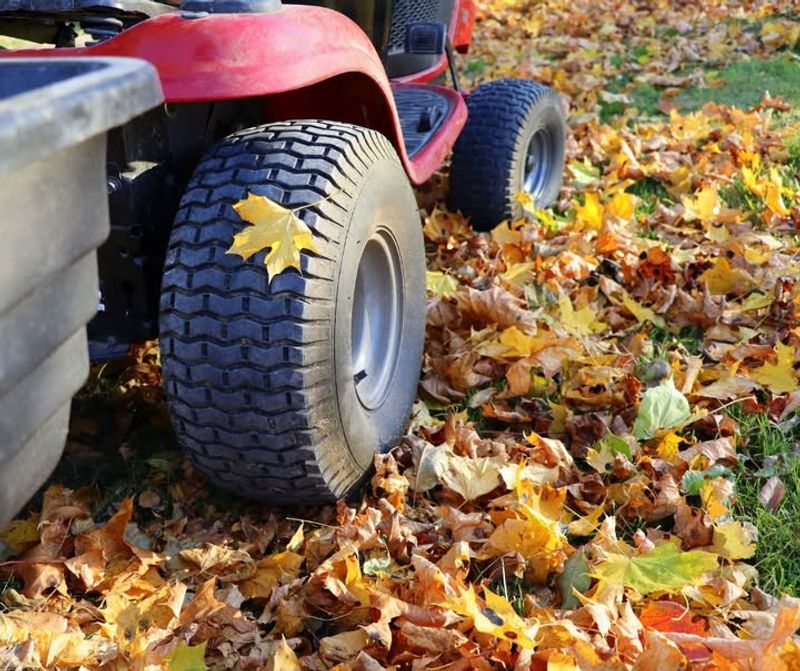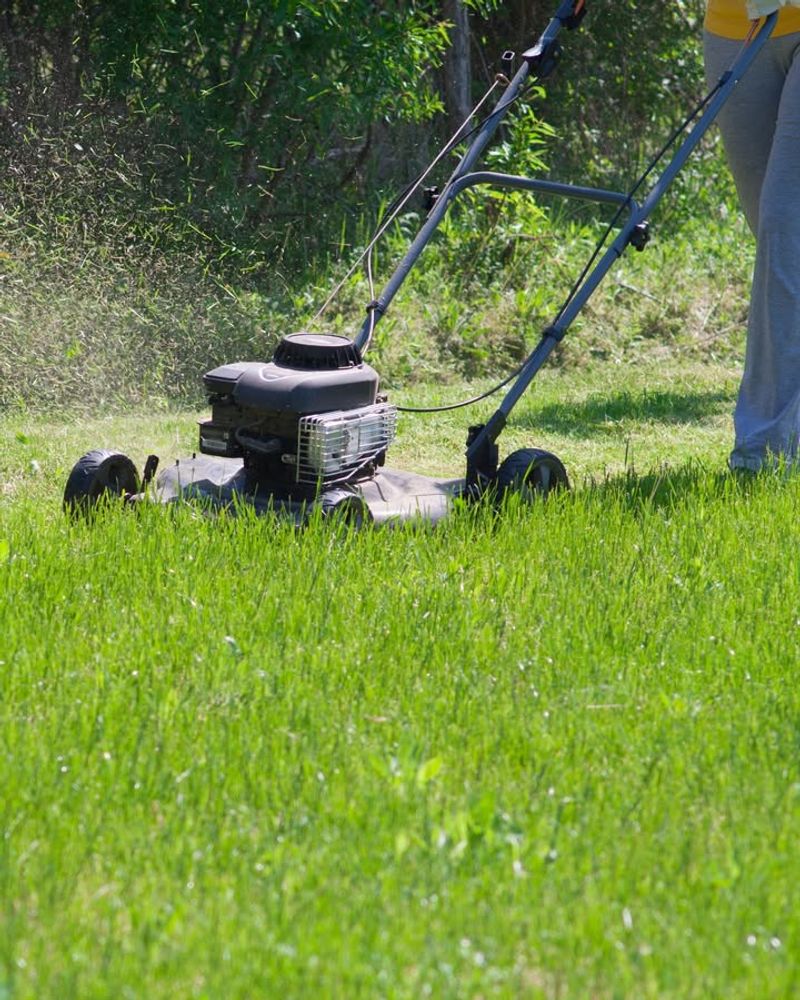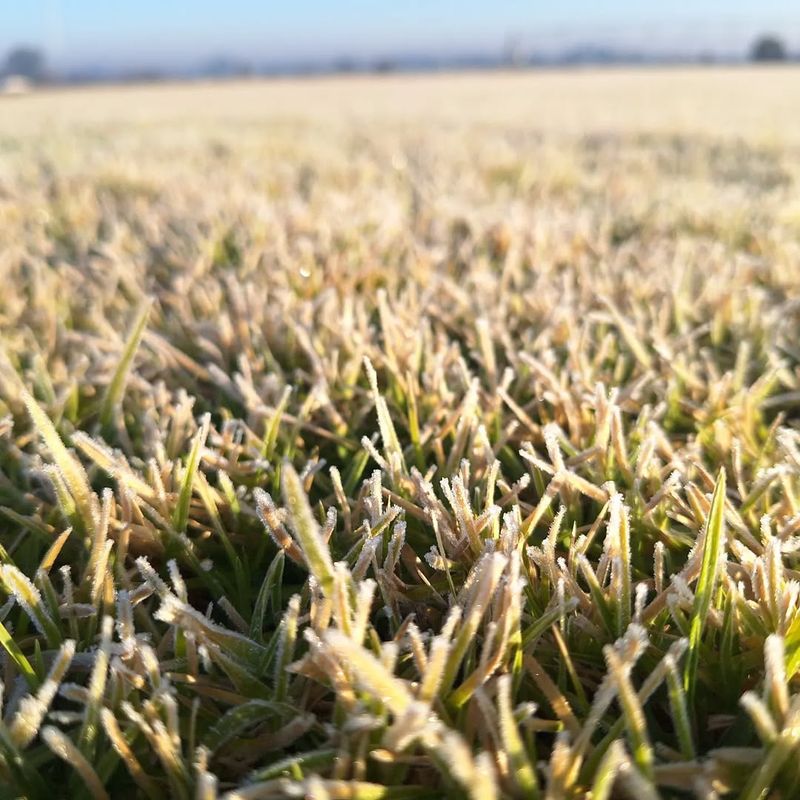November in Nevada brings cooler temperatures and different lawn care needs compared to the scorching summer months. Your grass enters a slower growth phase, which means you need to adjust your mowing routine to keep your yard healthy and looking great.
Following the right mowing practices this month will help your lawn survive the winter and bounce back beautifully when spring arrives.
1. Raise Your Mower Blade Height
Cooler weather means your grass grows slower, so cutting it too short can stress it out unnecessarily. Bump your blade up to about three inches to give the grass enough leaf surface to make food through photosynthesis.
Longer grass also protects the roots from temperature swings common in Nevada during November. Plus, taller blades help prevent weeds from taking over your yard by blocking sunlight from reaching weed seeds hiding in the soil.
2. Mow When Grass Is Completely Dry
Wet grass clumps together and clogs your mower deck, creating an uneven cut that looks messy. Morning dew lingers longer in November, so wait until mid-morning or early afternoon when everything has dried off completely.
Dry grass also stands up straighter, which lets your mower blades cut cleanly instead of tearing the grass. Torn grass turns brown at the tips and becomes more vulnerable to disease and cold damage throughout winter in Nevada.
3. Keep Mower Blades Sharp Throughout The Season
Dull blades rip and shred grass instead of slicing it cleanly, leaving ragged edges that turn brown and invite diseases. November is actually a perfect time to sharpen your blades since you are mowing less frequently anyway.
Sharp blades make cleaner cuts that heal faster and help your Nevada lawn stay healthier going into winter. You can sharpen blades yourself with a file or take them to a hardware store for professional sharpening that costs just a few dollars.
4. Follow The One-Third Cutting Rule
Never chop off more than one-third of the grass height in a single mowing session, even if your lawn looks overgrown. Cutting too much at once shocks the grass and weakens its ability to survive cold snaps.
If your grass got away from you, mow it gradually over several days to bring it back to the right height. This approach keeps your lawn strong and reduces stress during a time when growth has already slowed down significantly in Nevada.
5. Adjust Your Mowing Frequency
Grass growth practically grinds to a halt during November in Nevada, so you probably only need to mow once every two weeks or even less. Pay attention to your specific lawn rather than sticking to a rigid summer schedule.
Some areas of your yard might not need mowing at all this month depending on grass type and sun exposure. Mowing less frequently also saves you time, fuel, and equipment wear while still keeping your yard looking tidy and well-maintained.
6. Leave Grass Clippings On The Lawn
Grass clippings break down quickly and return valuable nutrients like nitrogen back into your soil naturally. In November, this free fertilizer helps strengthen roots before winter without you spending extra money on lawn products.
Clippings also add organic matter that improves soil structure and helps retain moisture during dry Nevada winters. Just make sure you are not leaving thick clumps that can smother the grass underneath or create brown dead patches in your yard.
7. Watch For Frost Before Mowing
Mowing frozen or frost-covered grass damages the blades and can kill the grass in those spots permanently. Frost makes grass brittle like tiny glass blades that snap instead of bend when your mower runs over them.
Wait until temperatures rise above freezing and the frost completely melts before you start mowing. Nevada mornings can be surprisingly cold in November, so sometimes waiting until afternoon is your best bet for protecting your lawn from unnecessary harm.

